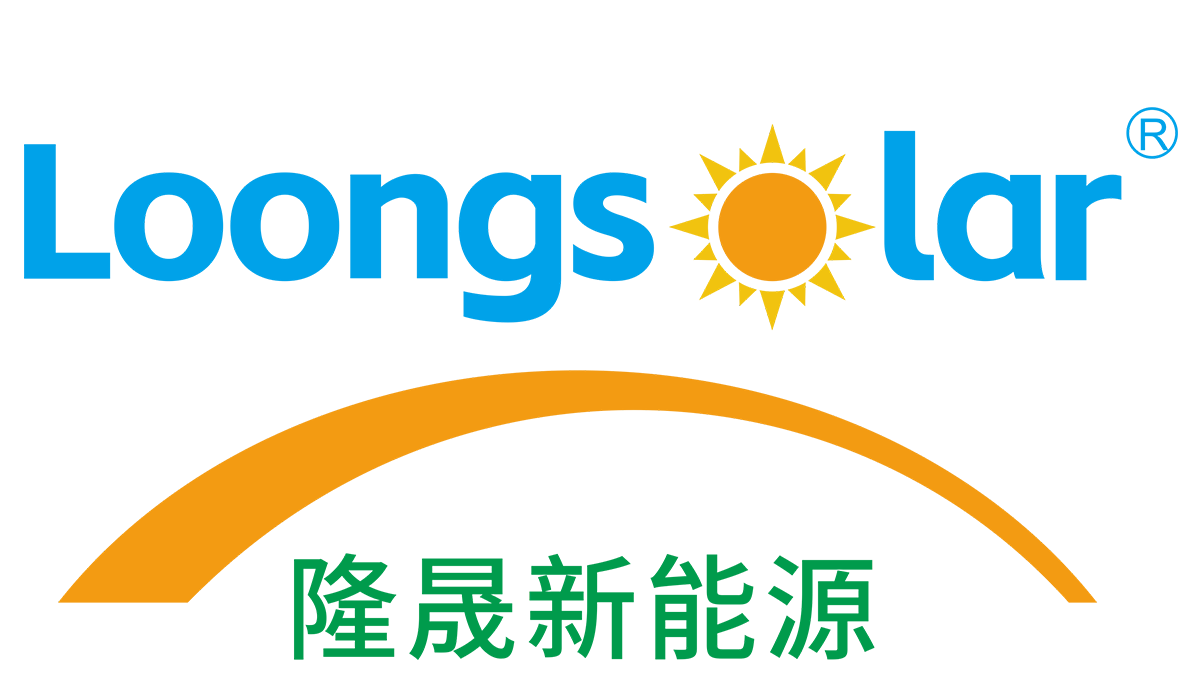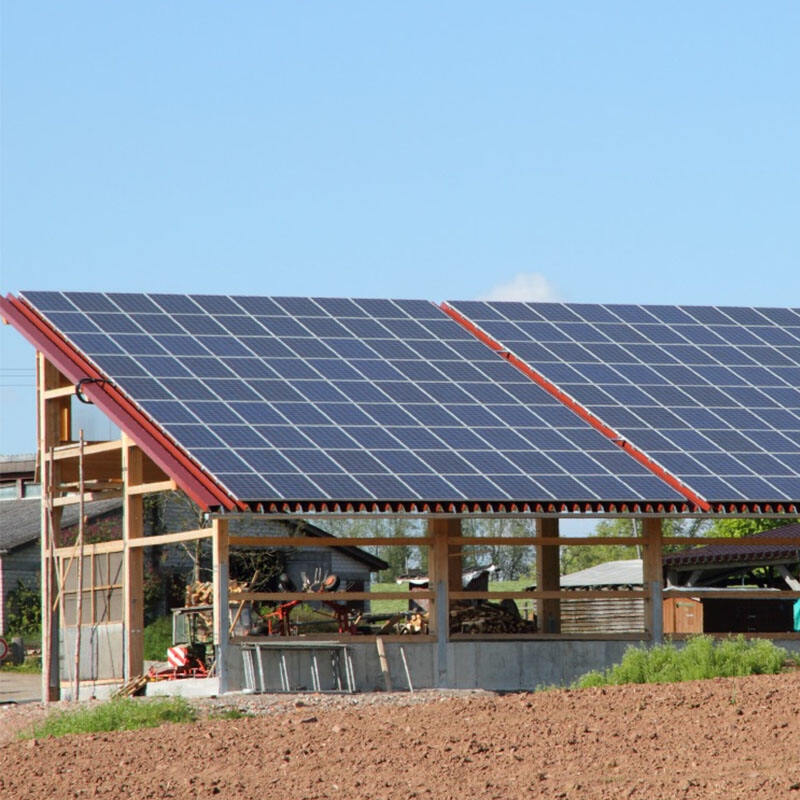What is Modular Solar Mounting Design?
Modular solar mounting design revolutionizes the scalability and ease of installation in solar systems. Built on standardization, this approach ensures consistent, simplified installation regardless of the size or location of the project. Its flexibility allows solar installation to thrive in residential and commercial settings, presenting a versatile solution for diverse applications. Moreover, modular systems integrate pre-manufactured components that facilitate quicker enhancements and align with evolving technological advances in solar energy. Sustainability also plays a critical role, as these designs often emphasize recyclable materials and energy-efficient manufacturing processes, making them ideal for environmentally conscious consumers.
Core Principles of Modular Systems
1. Standardization: Modular solar mounting relies on standardization, ensuring scalability and straightforward installation across various platforms.
2. Flexibility: The adaptability of modular systems means they are suited for diverse applications, enhancing their versatility for both residential and commercial solar installations.
3. Integration of Pre-manufactured Components: These systems integrate components that support rapid adjustments and improvements, facilitating alignment with evolving solar technologies.
4. Sustainability: Prioritizing recyclable materials and energy-efficient manufacturing processes underlines the commitment to sustainability inherent in modular designs.
Key Components for Quick Assembly
The modular solar mounting systems are equipped with essential components that ensure quick and efficient assembly, crucial for reducing solar panel installation costs. These systems feature pre-fabricated frames, brackets, and connectors explicitly designed for streamlined assembly. Innovative aspects such as tool-less assembly and the use of lightweight materials drastically cut down installation time and labor costs, making solar panel installation more accessible and economically viable. Additionally, the components are engineered for universal compatibility with various solar panels, allowing flexibility during installation.
1. Pre-fabricated Frames, Brackets, and Connectors: Ensures quick and efficient assembly, saving time and reducing installation costs.
2. Tool-less Assembly and Lightweight Materials: Innovative design features minimize labor costs and accelerate installation time.
3. Universal Compatibility: Modular components fit various solar panels, offering flexibility in installation.
4. Safety Promotion: Fewer tools and complex processes reduce on-site accidental risks, enhancing safety.
Accelerated Installation for Large-Scale Projects
Streamlined Solar Installation Process
The modular mounting design significantly streamlines the solar installation process, especially for large-scale projects. This is achieved by minimizing the need for on-site customization, which leads to a faster deployment timeline. Pre-organized kits ensure that all essential components are readily available, mitigating any potential delays usually associated with logistics. Moreover, an organized supply chain is crucial as it drastically reduces delivery times and associated logistics costs. According to industry statistics, modular installations can decrease project timelines by up to 30%, a vital aspect for companies striving to meet stringent scheduling deadlines in solar power installation.
Time-Saving Assembly Techniques
Implementing advanced assembly techniques is another key advantage of modular systems when it comes to solar panel installation. Techniques like snap-fit connections can drastically cut down on labor time, making the assembly process far more efficient. To enhance this efficiency further, training programs that focus on modular system assembly enable teams to be onboarded swiftly, reducing training time and increasing productivity. Additionally, automation and technology, including the use of drones and software tools, play a vital role in monitoring progress and refining assembly techniques. On average, these modular systems can save up to 40% of the typical installation time compared to traditional solar panels for home setups, highlighting their efficiency.
Structural Advantages for Commercial Solar
Wind Resistance and Durability
Modular solar mounting systems are engineered to withstand extreme weather conditions, notably high winds and snow loads. These systems utilize durable materials such as aluminum and galvanized steel, known for their corrosion resistance. Such materials significantly extend the lifespan of the installations. Statistical evidence suggests that modular systems outperform traditional mounting systems in adverse environments due to enhanced structural integrity. Wind tunnel testing further highlights improved stability and reliability in modular designs, making them a safer choice for commercial solar projects.
Adaptability to Challenging Terrains
The versatility of modular mounting systems allows for seamless adaptation across various terrains, including uneven and rocky landscapes. Innovative system designs enable easy adjustments to optimize sunlight exposure despite challenging conditions. The customization merit of these systems is critical for commercial solar developers facing site-specific challenges. Numerous case studies showcase modular systems' success across diverse environments, demonstrating their adaptability and effectiveness in maximizing solar panel installation efficiency. This adaptability helps reduce installation costs by minimizing extensive custom engineering solutions traditionally required in such terrains.
By integrating these structural advantages, commercial solar projects can achieve cost-effective installations while maintaining high performance and reliability.
Economic Benefits of Modular Systems
Reducing Solar Panel Installation Costs
One of the most compelling economic benefits of modular systems in solar power installation is their significant reduction in installation costs. These systems lower installation expenses by reducing labor costs and accelerating project completion times. For instance, the modular nature allows for a much faster setup, translating to decreased labor time on-site. Additionally, the standardization of components simplifies procurement processes, enabling bulk purchasing discounts. Moreover, the robust durability of these systems leads to lower maintenance costs, as they require fewer repairs over time. Economic analyses suggest that modular systems can lower overall solar panel installation costs by roughly 15-20%, making solar panels for home and commercial applications more financially viable.
Long-Term Operational Savings
Beyond initial cost reductions, modular systems offer substantial long-term operational savings. Their design enhances operational efficiency, resulting in energy savings and consequently lower electricity bills over time. Optimized setups increase energy production, providing a greater return on investment for solar system owners. Moreover, the straightforward maintenance of modular designs often leads to fewer service interruptions, thereby boosting operational performance. Reports on projected savings emphasize that well-implemented modular systems yield significant financial benefits and energy efficiency throughout their lifespan. These factors collectively underscore the lasting economic advantages of adopting modular systems in solar panel installation.
Table of Contents
- What is Modular Solar Mounting Design?
- Core Principles of Modular Systems
-
Key Components for Quick Assembly
- Accelerated Installation for Large-Scale Projects
- Streamlined Solar Installation Process
- Time-Saving Assembly Techniques
- Structural Advantages for Commercial Solar
- Wind Resistance and Durability
- Adaptability to Challenging Terrains
- Economic Benefits of Modular Systems
- Reducing Solar Panel Installation Costs
- Long-Term Operational Savings






